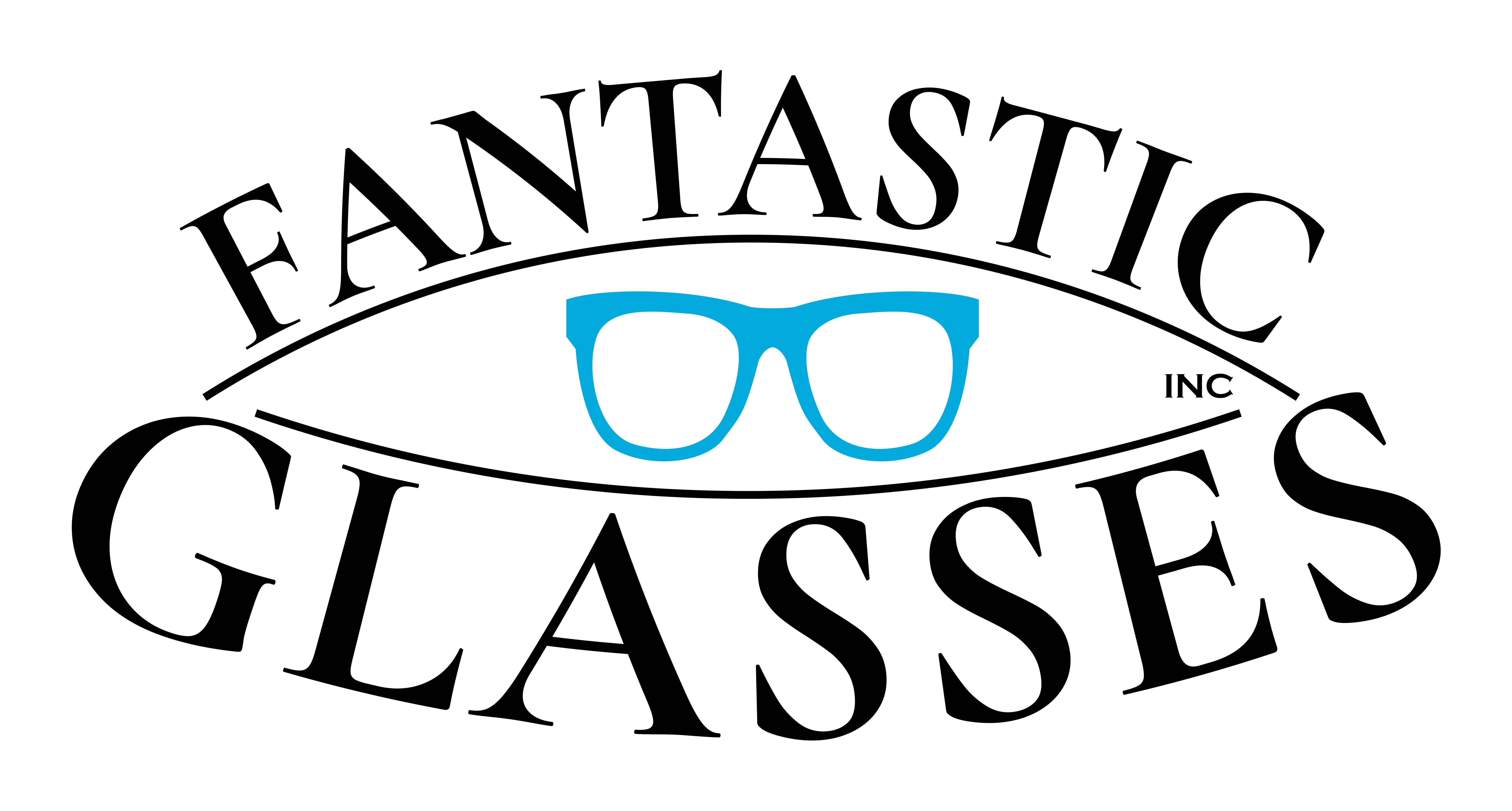The Role of Eye Health in Academic Success: Addressing Vision Problems in Students
As students prepare for another academic year, it’s essential to consider the often-overlooked factor that can significantly impact their success: eye health. Vision problems are more common than you might think, and they can have a profound effect on a student’s ability to learn and achieve their goals. In this post, we’ll explore the role of eye health in academic success and provide tips for addressing vision problems in students.
Why Eye Health Matters
According to the World Health Organization (WHO), more than 1 billion people worldwide suffer from visual impairment, with 89% of these cases being due to refractive errors, such as nearsightedness or farsightedness. In children and adolescents, vision problems can be particularly problematic, as they can affect a student’s ability to learn and interact in the classroom.
Research has shown that students with uncorrected vision problems are more likely to experience difficulties in reading comprehension, math skills, and overall academic performance (Kandel, 2017). Furthermore, vision problems can also lead to frustration, anxiety, and decreased motivation, which can have long-term consequences for a student’s academic success.
Common Vision Problems Affecting Students
Some of the most common vision problems affecting students include:
1. Myopia (nearsightedness): A condition where close objects are clear, but distant objects appear blurry.
2. Hyperopia (farsightedness): A condition where distant objects are clear, but close objects appear blurry.
3. Astigmatism: A condition where the shape of the cornea or lens is irregular, causing blurry vision at all distances.
4. Convergence insufficiency: A condition where the eyes have trouble working together to focus on a single point.
Addressing Vision Problems in Students
So, what can be done to address vision problems in students? Here are some steps that parents, educators, and healthcare professionals can take:
1. Schedule regular eye exams: Regular eye exams can help identify vision problems early on, allowing for prompt correction and minimizing the impact on academic performance.
2. Use blue light filtering glasses or software: Blue light from digital devices can exacerbate existing vision problems and cause eye strain. Using blue light filtering glasses or software can help mitigate these effects.
3. Encourage good sleep habits: Adequate sleep is essential for overall health, including eye health. Encouraging students to get enough sleep each night can help reduce the risk of developing vision problems.
Conclusion
In conclusion, eye health plays a critical role in academic success. By recognizing common vision problems and taking steps to address them, we can ensure that students have the best possible chance of achieving their goals. As a parent or educator, you play a vital role in promoting eye health in your child. Visit [https://fantasticglasses.ca](https://fantasticglasses.ca) for more information on how to promote healthy vision habits.
References
1. Kandel, E. (2017). Vision problems and learning disabilities: A review of the literature. Journal of Learning Disabilities, 50(2), 143-156.
2. American Academy of Ophthalmology. (2020). What is Myopia? Retrieved from
I hope this blog post helps to raise awareness about the importance of eye health in academic success. Remember, good vision can make all the difference in a student’s ability to learn and achieve their goals!
References:
https://fantasticglasses.ca


